In this complete guide to Elastic out of the box content we show you the different ways to consume Elastic Stack content like Kibana dashboards, Machine learning configurations, alerting rules and much more. Elastic offers a lot of content for many different technologies like Kubernetes, Palo Alto, Apache, Nginx. To get this assets into your Elasticsearch cluster you can follow different ways depending on your architecture and deployment model.
Elastic Agent integrations
The Elastic Agent integrations are the recommended way to add content to your ELK cluster. They are well integrated within Kibana, can get activated with just a few clicks and configure everything you need to start.
You can find an overview about these integration on https://docs.elastic.co/en/integrations.
In November 2021 the list of Elastic Agent integrations looks like this:
- Apache
- Elastic APM
- Auditd
- AWS
- AWS Billing
- AWS Cloudtrail
- AWS CloudWatch
- AWS DynamoDB
- AWS EBS
- AWS EC2
- AWS ELB
- AWS Lambda
- AWS NATGateway
- AWS RDS
- AWS S3
- AWS SNS
- AWS SQS
- AWS Transit Gateway
- AWS Usage
- AWS VPC Flow
- AWS VPN
- Azure Logs
- Azure activity logs
- Azure Active Directory logs
- Azure platform logs
- Azure Spring Cloud logs
- Azure resource metrics
- Azure Application Insights metrics
- Azure Application State Insights metrics
- Azure Application Insights Metrics Overview
- Azure Virtual Machines metrics
- Azure Virtual Machines Scaleset metrics
- Azure Container Instance metrics
- Azure Container Registry metrics
- Azure Container Service metrics
- Azure Database Account metrics
- Azure Monitor metrics
- Azure Storage Account metrics
- Barracuda
- Blue Coat Director
- VMware Carbon Black EDR
- CEF
- Check Point
- Cisco
- Cloudflare
- CrowdStrike
- Cyber-Ark – Deprecated
- CyberArk Privileged Access Security
- CylanceProtect
- Container-logs
Docker
- Elastic Agent
- Endpoint Security
- F5
- Fleet Server
- Fortinet
- Google Cloud Platform (GCP)
- Google Workspace
- HAProxy
- Hashicorp Vault
- IIS
- Imperva SecureSphere
- Infoblox NIOS
- Iptables
Juniper
- Kafka
- Kubernetes
- Kubernetes Events
- kube-apiserver
- kube-controller-manager
- kube-proxy
- kube-scheduler
- kube-state-metrics
- Kubelet
Linux
Logs, custom aka from any application that produces logs
- Microsoft
- MongoDB
- MySQL
- NATS
- NetFlow
- Arbor Peakflow SP
- Network Traffic
- Nginx
- Nginx Ingress Controller
- Office 365
- Okta
- Osquery Log Collection
- Osquery Manager
- Palo Alto Networks
- Palo Alto Cortex XDR
- PostgreSQL
- Prometheus
- Proofpoint Email Security
- RabbitMQ
- Radware DefensePro
- Redis
- Google Santa
- Prebuilt Security Detection Rules
- Sonicwall-FW
- Sophos
- Squid
- STAN
- Suricata
- Symantec AntiVirus/Endpoint Protection
- Elastic Synthetics
- System
- Apache Tomcat
- Traefik
- Windows
- Custom Windows event logs
- Zeek
- ZeroFox
- ZooKeeper
- Zoom
- Zscaler NSS
Beat Modules
Beat modules were built over the last couple of years to distribute out of the box content from Elastic to the users. However to setup the modules you had to install everything or nothing in Kibana. Which makes it usually very uncomfortable starting with them Thatswhy the Elastic Agent got introduced to make it easier for users.
On the other hand there are still beat modules that including nice dashboards for many products where no Elastic Agent integration is available at the moment. The Elastic Agent integrations are built on top of the beats modules. So only look here if you not find the integration you are looking for in the Elastic Agent section.
Here you can find an overview about all the Beat modules that exist: https://www.elastic.co/de/integrations
The November 2021 version beat modules list looks like this:
Integrated in Kibana
The last option to get content into your cluster that has been built by Elastic you can Kibana itself. You can load templates in Canvas, load the pre built detection engine rules in the Security alerts section. You can also add sample data and load the stack monitoring alerts.
All of that is available within Kibana so that you can access it at anytime.

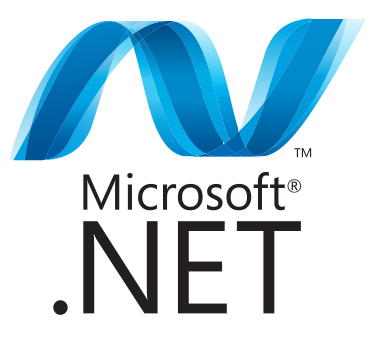























































































































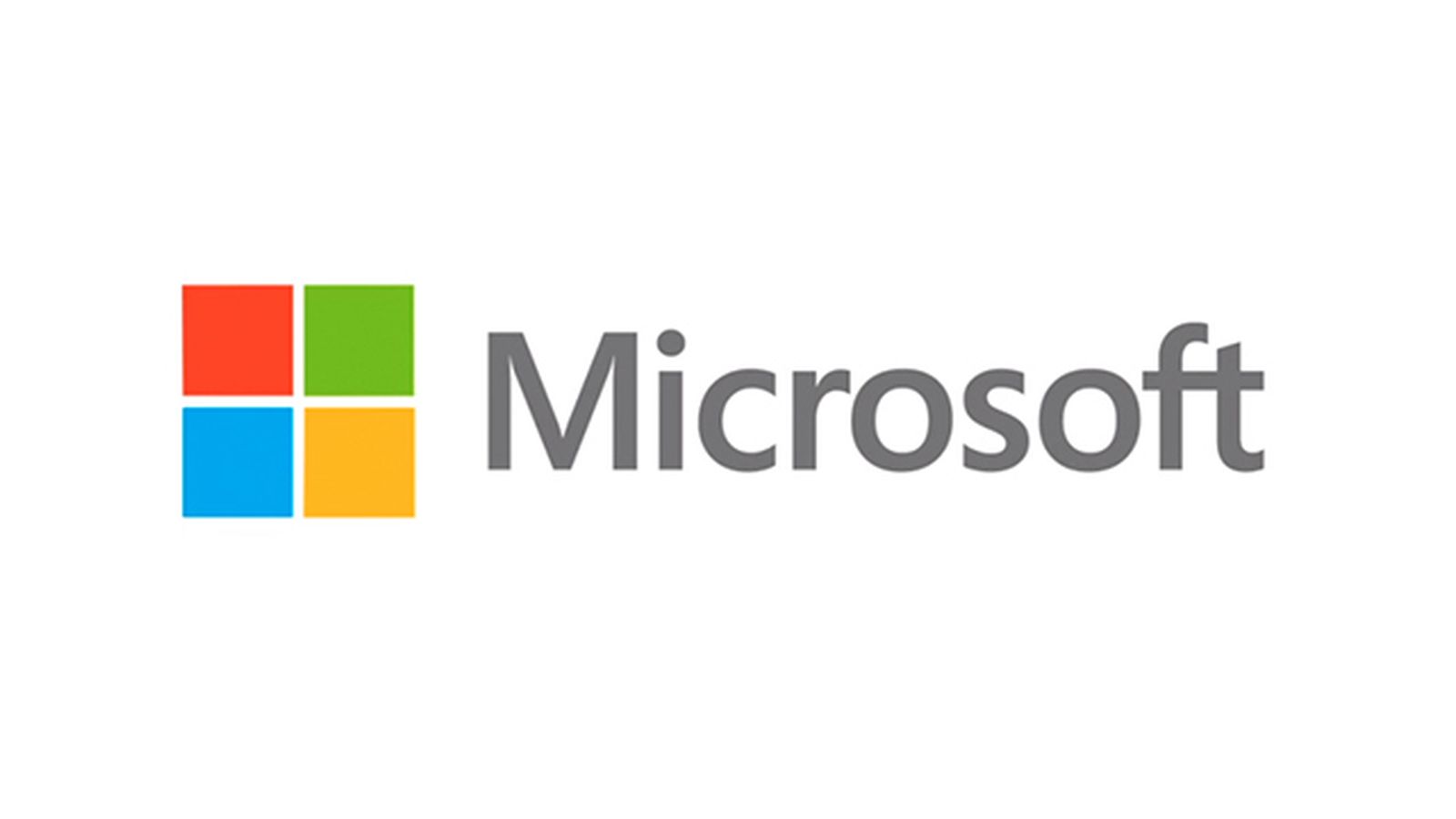









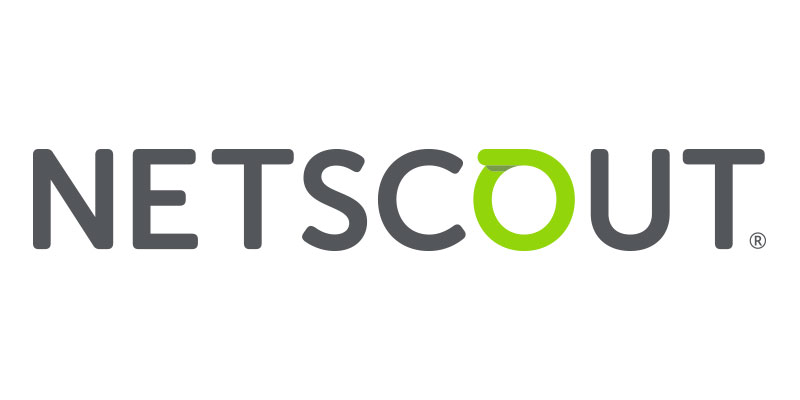











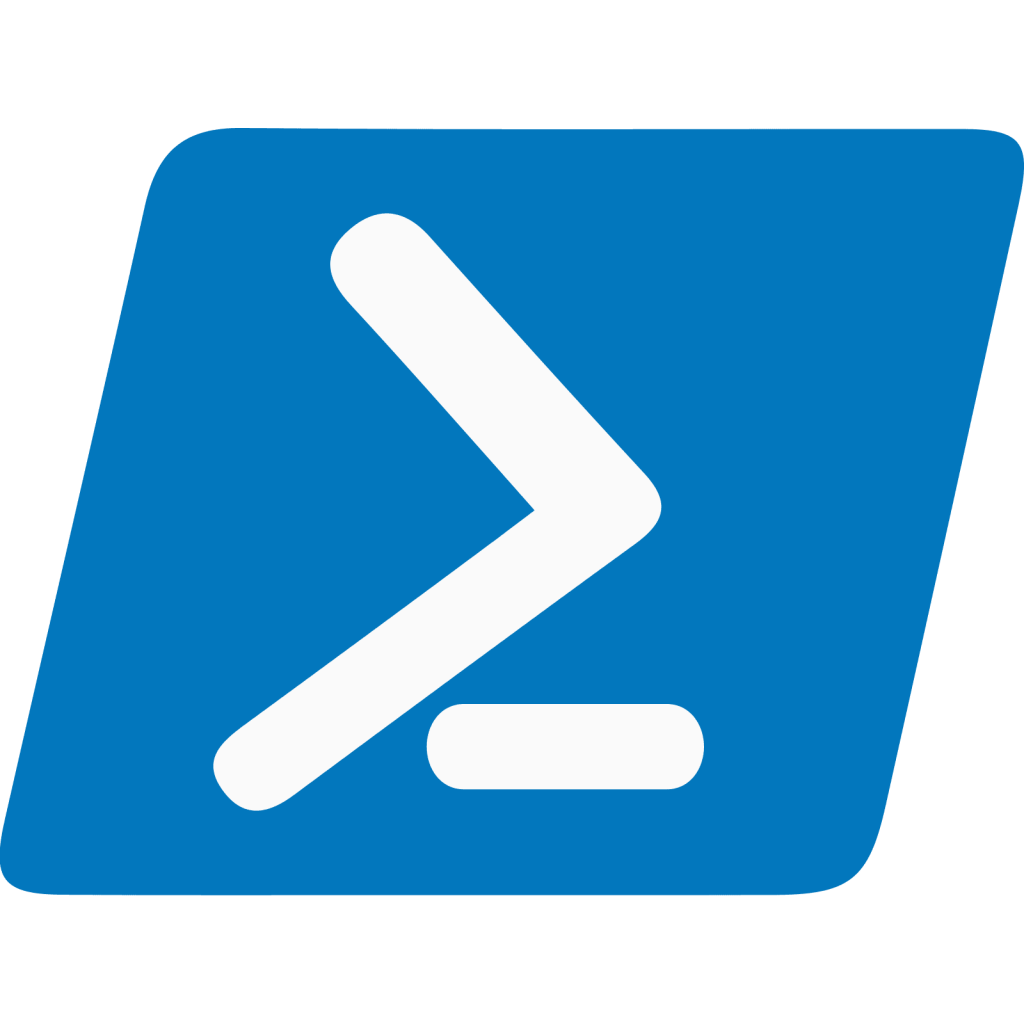














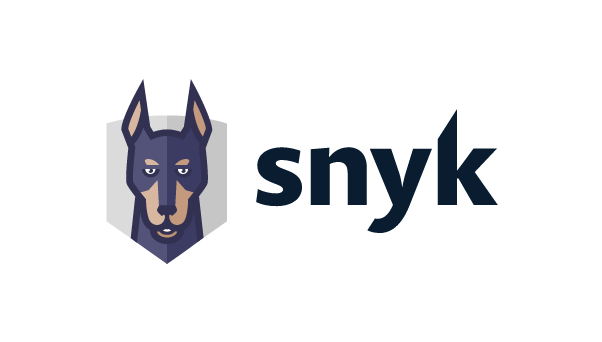

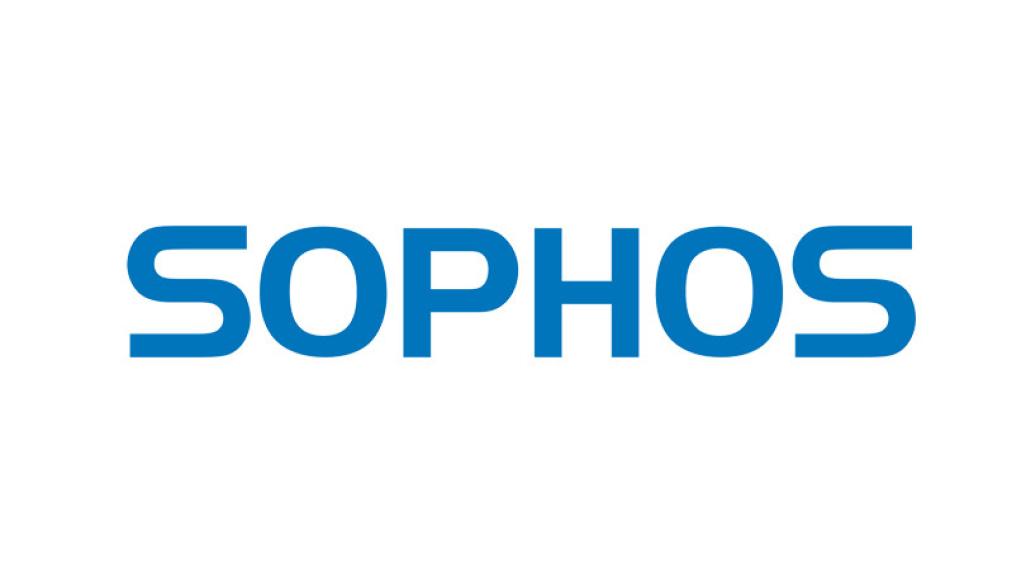


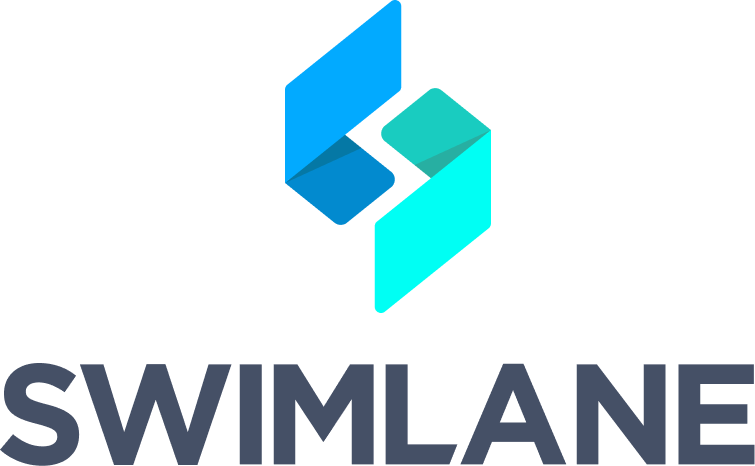












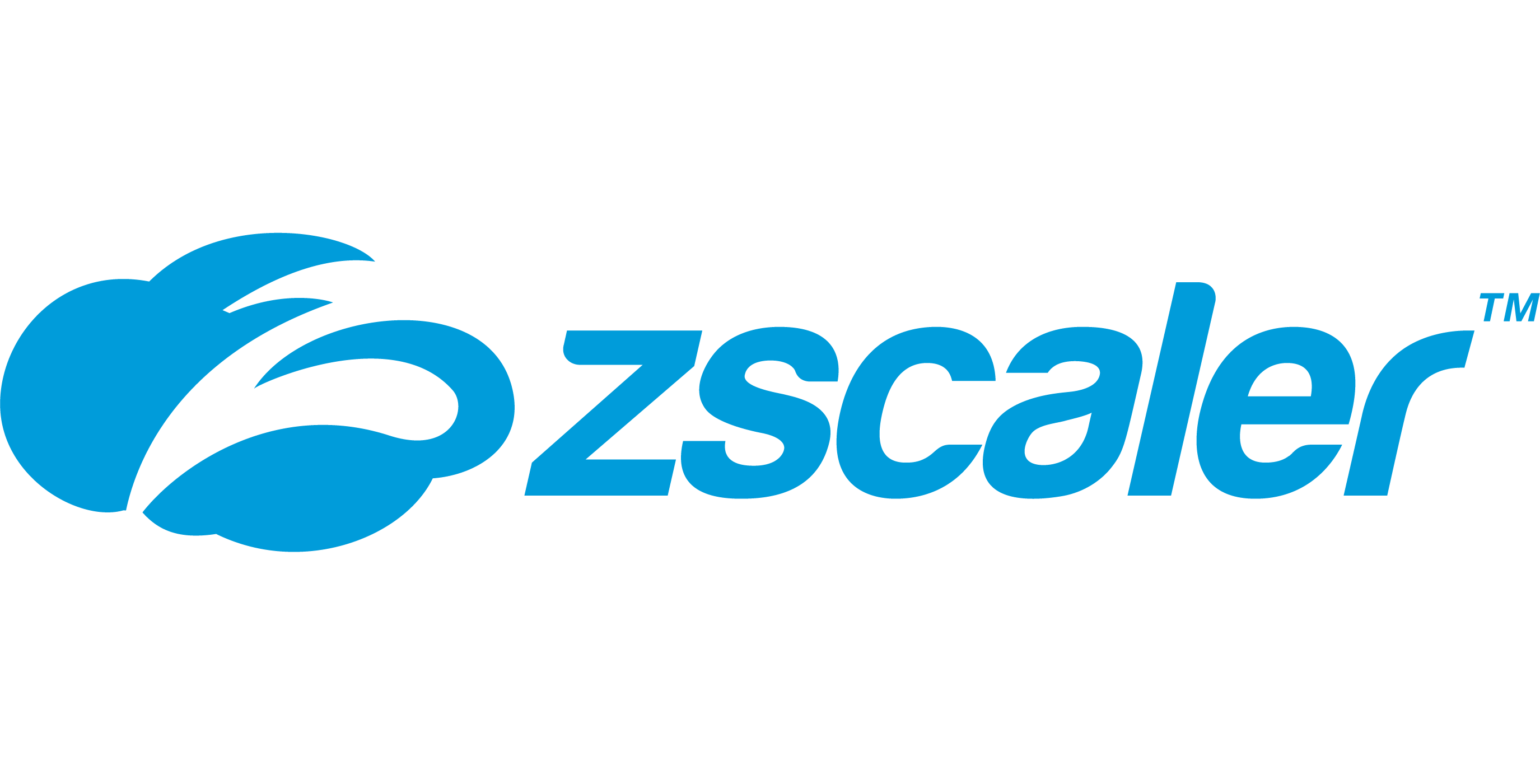
One comment